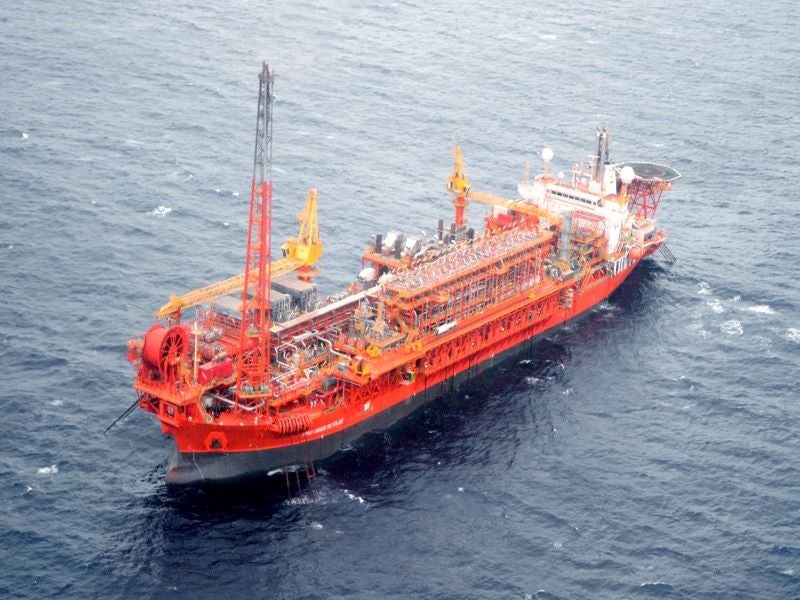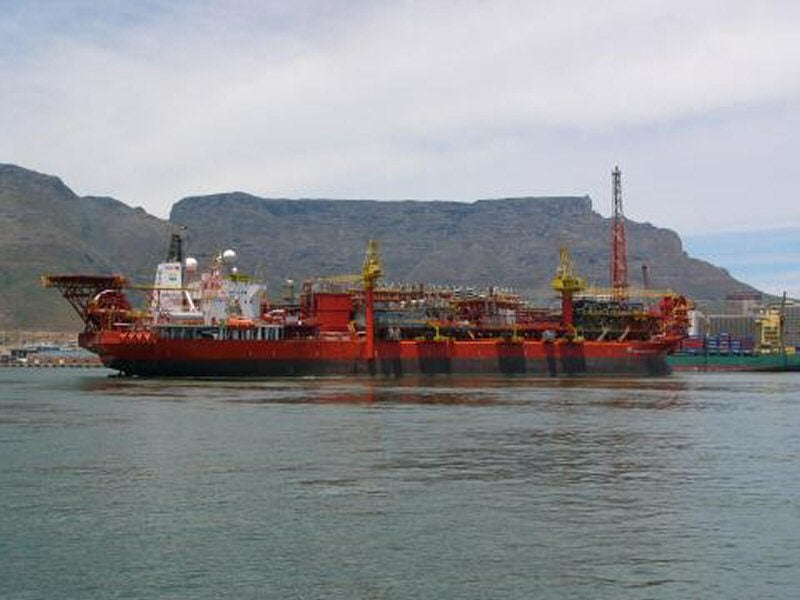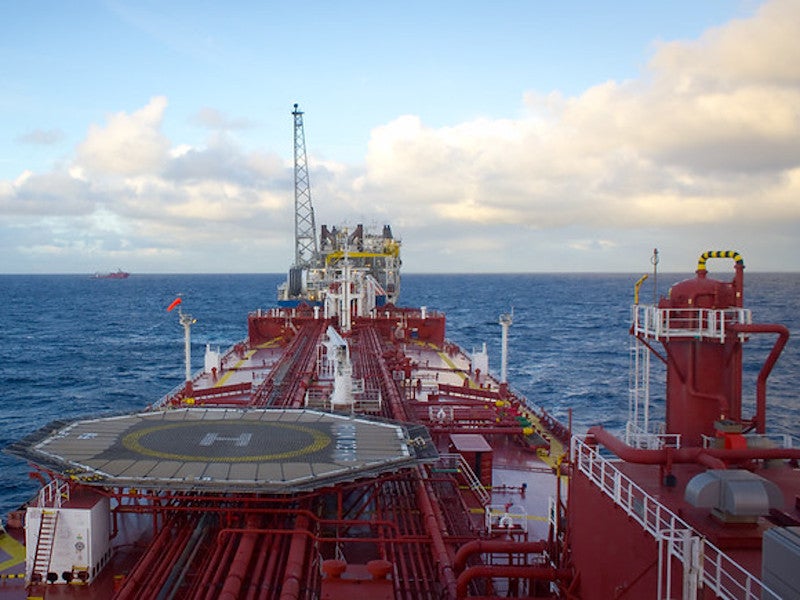The Bauna oil field in the Santos Basin, Brazil has been producing since February 2013. Although the offshore field was originally developed and operated by Brazil’s state-owned Petróleo Brasileiro (Petrobras), Australia-based oil and gas exploration company Karoon Energy acquired the 100% operating interest in the field from Petrobras in November 2020.
Karoon purchased the asset located in concession BM-S-40 for a firm consideration of approximately £297m ($380m) and a contingent consideration of up to £223m ($285m).
The concession BM-S-40 of the Santos Basin comprises the Bauna and the Piracaba light oil fields, as well as the undeveloped Patola oil discovery.
The Bauna field development comprises subsea wells tied back to a floating production, storage, and offloading (FPSO) vessel. The field’s output averaged approximately 16,000 barrels of oil a day from January to September 2020.
Location, discovery, and reserves
The Bauna oil field is located in approximately 200m-deep waters, in the southern post-salt region of the Santos Basin, Brazil.
The offshore field comprises the Oligocene reservoirs with high porosity and permeability characteristics. The 2P reserves of the field were estimated to be approximately 39.2 million barrels as of June 2020.
The Bauna and the Piracaba fields were earlier known as the Tiro and the Sidon fields respectively. The Tiro field was discovered in May 2008 followed by the Sidon field in September 2008.
The other assets of Karoon in the Santos Basin include the Neon and the Goiá discoveries, as well as the Clorita exploration block. The Neon and Goiá discoveries are approximately 50-60km northeast of the Bauna field, while the Clorita exploration block lies approximately 50km south of Bauna.
Petrobras conducted an extended well test (EWT) in the Bauna field by deploying a semi-submersible SS-11 Atlantic Zephyr platform. The data from the EWT was utilised in conceptualising the field development plan.
Bauna field development details
The Bauna field consists of six oil production wells, three water injection wells, and single gas injection well in the Bauna and Piracaba reservoirs. The wells are tied back to a floating production, storage, and offloading (FPSO) vessel named Cidade de Itajai.
Karoon is planning to perform production well interventions and the brownfield development of the Patola oil discovery to increase the production capacity up to 30,000 barrels of oil a day by 2022.
The well interventions campaign on four production wells includes replacing two electronic submersible pumps, installing gas-lift, and re-opening a previously shut-in reservoir zone. The final investment decision on the Patola field is expected in the first quarter of 2021.
FPSO Cidade de Itajai
The FPSO Cidade de Itajai that started production in the Bauna field in February 2013 is currently operating at 50% capacity.
The FPSO has a crude oil production capacity of 80,000 barrels a day and a gas compression capacity of 2 million cubic metres a day. It has an oil storage capacity of approximately 600,000 barrels.
The FPSO was converted from an Aframax hull at Sembcorp Marine’s Jurong Shipyard in Singapore before its deployment in Brazil.
Contracts awarded
A joint-venture between Altera Infrastructure (50%) and Ocyan (50%) was awarded charter and operation contracts for the FPSO Cidade de Itajaí by Karoon Energy in November 2020.
The FPSO will operate at Bauna until February 2026 with a two-year extension option exercisable by Karoon Energy.
Altera Infrastructure was earlier known as Teekay Offshore, while Ocyan was known as Odebrecht Oil & Gas.
Karoon Energy also entered into a marketing agreement with Shell Western Trading and Supply to trade and ship the crude oil output of the Bauna field in October 2019.





